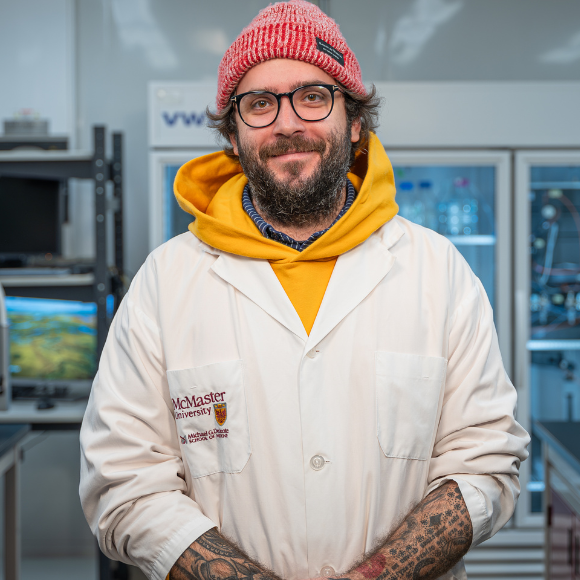McMaster Researcher Makes One of the Top Discoveries According to The New York Times

Hamilton Business Review

“In a celebration of transformative discoveries of 2023, The New York Times calls McMaster researcher Jon Stokes’ innovative work on antibiotic resistance one of the year’s most important scientific and technological advances.
The article, which includes groundbreaking discoveries in the field of kidney transplants and momentous technological feats like NASA’s James Webb Telescope, specifically highlights Stokes’ use of artificial intelligence to develop a treatment for a deadly, drug-resistant pathogen that impacts vulnerable hospital patients.
Acinetobacter baumannii, identified by the World Health Organization as one of the world’s most dangerous antibiotic-resistant bacteria, is a pathogen capable of causing pneumonia, meningitis and other infections, all of which can lead to death.
Stokes’ team used an artificial intelligence algorithm to predict new structural classes of antibacterial molecules, and identified a new antibacterial compound named abaucin.“
See what's possible. Bring your discovery to market.
Related Articles
Related
St. Joe’s prepares to launch a groundbreaking psychedelic medical research centre
"The Centre for Health Innovation and Research in Psychedelics at St. Joe’s is dedicated to advancing the science of medicinal psychedelics. With demonstrated effects on serotonin pathways, neuroplasticity, anti-inflammatory effects and functional connectivity in the...
Alectra Powers Communities Beyond Our Borders
"Alectra Utilities has been honored by the Ukrainian World Congress (UWC) for its generous contribution toward restoring power to Ukrainian schools devastated by Russia’s relentless missile and drone strikes. During a presentation to Alectra’s Board of Directors on...
Hamilton Modular Builder is Helping Address the Housing Crisis Head-on
"The city has chosen a Hamilton-area modular home company to provide the 60 micro shelters that will form a temporary new neighbourhood in southeast London for people with nowhere else to live. Fero International Inc., based in Stoney Creek, builds the modular homes...
